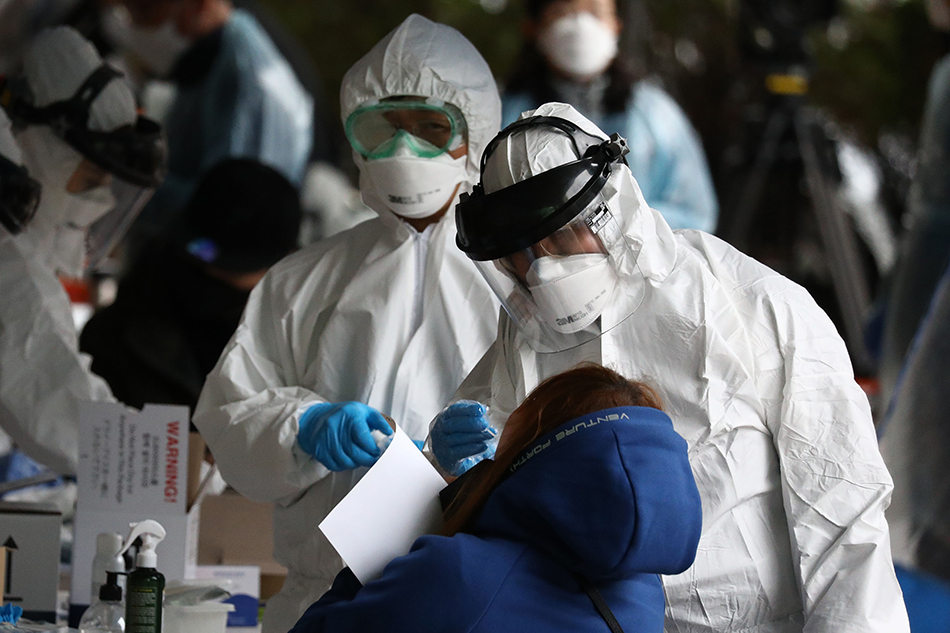A Whole New World

In less than a week, the novel in “novel coronavirus” has worn off, and what was a red flag has become a siren pulsing constantly in the nation’s collective ears, like those monthly emergency alert tests — only this time it’s real.
Media companies are answering that call to arms in what has become a race against time in a war against an unseen enemy. It is, and will have to be, a mass mobilization that puts immediate business interests on the back burner, at least for now.
Internet-service providers are suspending shutoffs for nonpayment, opening up their hundreds of thousands of WiFi hotspots, suspending overage charges, boosting speeds and capacity and donating time and resources to help bridge social distancing through virtual communities. “[W]e want our customers to access the internet without thinking about data plans,” Comcast said.
As ACA Connects president Matt Polka said of broadband in the time of coronavirus: “If it wasn’t vital before, which we know it was, it is that much more vital now.”
Creative Thinking
Broadband companies are having to think creatively so that their customers don’t have to think about anything but logging on and linking up.
Are companies hoping that, eventually, the previously unconnected being brought on board with free service will become paying customers? Sure. But everyone is hoping for the day when life and business will get back to normal, or whatever the new normal is going to be.
Were there calls from Congress for action and prods from the Federal Communications Commission? Sure, and rightly so.
That does nothing to diminish the help that a strong private sector, and a cable broadband community that has invested hundreds of billions over the past two decades to build out and upgrade networks, can and must now provide.
And it would take an unrepentant cynic to assert that it took such prodding to get media companies to pitch in in times of crisis. “During this extraordinary time, it is vital that as many Americans as possible stay connected to the internet — for education, work, and personal health reasons,” Comcast Cable CEO Dave Watson said of his company’s efforts. “Our employees also live and work in virtually every community we serve and we all share the same belief that it’s our company’s responsibility to step up and help out.”
FCC chairman Ajit Pai launched a “Keep America Connected” campaign to encourage such teamwork. But keeping America connected is already in the DNA of the industry.
And the FCC deserves credit for brainstorming with Congress to free up funds and temporary authority to allow carriers to donate equipment to schools and hospitals, as well as new pilot programs in both those areas.
Companies that compete for spectrum to deliver wireless broadband have been teaming up to increase capacity to meet the needs of millions of homebound students as schools across the nation shuttered, and of healthcare workers as remote diagnosis and treatment ramp up to relieve the stress on hospitals and preserve social distancing, and as millions work remotely from home, many for the first time.
Sharing, Modeling Behaviors
The FCC is moving quickly to authorize such spectrum sharing. It granted Verizon special temporary authority (STA) to use additional spectrum, which is being supplied by Northstar Wireless LLC and SNR Wireless, familiar names to followers of the FCC’s auction of AWS-3 spectrum.
Comcast and Dish, which otherwise compete aggressively for eyeballs and dollars, were teaming up, with the help of the FCC, to offer up some of their 600 MHz spectrum holdings to T-Mobile.
Media companies have also rightly begun modeling the kind of social distancing that the White House coronavirus team notably lacked at its daily televised briefings. Anchors have begun giving each other space. CNN was using some microphone extenders to keep distance in stand-ups.
This would be a good time for the president to suspend his constant attacks on the mainstream media as fake and corrupt, since the public will be even more reliant on electronic media for connection and reassurance.
And while this is an issue of unprecedented seriousness, there is also a value in the relief that entertainment brings those sheltering in place. With movie theaters and plays and concerts out of bounds, video from towers, wires, beams and streams will be the primary diversion for an anxious nation — from Hallmark Channel’s decision to revive its Christmas marathon last weekend, reminding us that it is always the holiday season somewhere on cable, to a kitty version of the canceled March Madness basketball tournament.
We will get through this together and the communications industry will be a key player, perhaps the key player, in making and keeping those essential connections.
Multichannel Newsletter
The smarter way to stay on top of the multichannel video marketplace. Sign up below.



